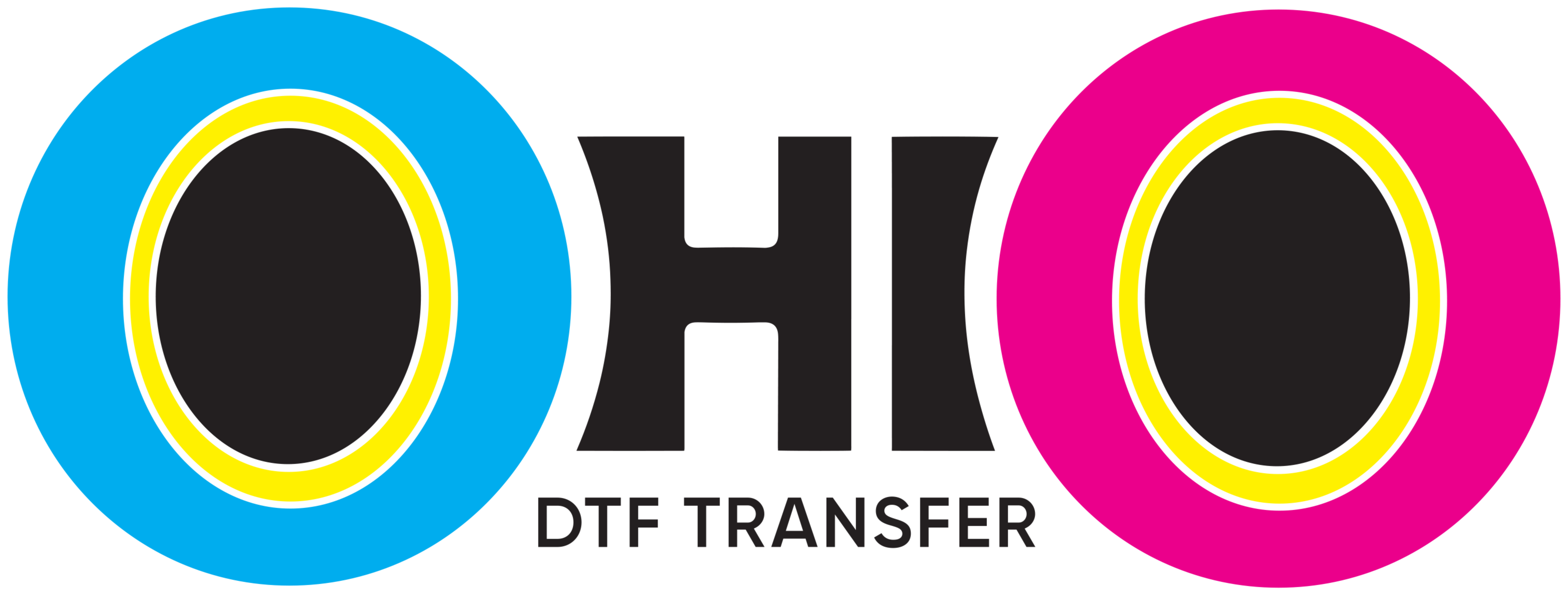What Is A Gang Sheet In Printing?
A gang sheet in printing is a layout method. It allows multiple designs to be printed on one single sheet. This technique is common in DTF, sublimation, and screen printing.
Instead of using one sheet per design, several designs are grouped together. This helps save both time and material. Businesses use this method to increase efficiency and reduce costs.
Also, it helps reduce waste. Every inch of the sheet is used wisely. That makes it an environmentally friendly option as well.
Why Use a Gang Sheet?
Gang sheets are efficient. You can print more designs in less time. This is great for bulk orders or custom printing.
Small businesses benefit most. Especially those doing print-on-demand work. By combining multiple customer orders into one sheet, you speed up production.
Also, this reduces manual labor. Fewer print runs mean fewer tasks for your team. That makes your workflow smoother and faster.
How to Make a Gang Sheet
Creating a gang sheet is simple. First, prepare your individual designs. Then arrange them together in one large layout.
You can use software like:
-
Adobe Illustrator
-
Photoshop
-
Canva
-
Affinity Designer
Also, many DTF printers offer ready-made gang sheet templates. These help you place designs evenly and avoid overlap.
Make sure to use:
-
High resolution (300 DPI recommended)
-
Proper spacing (at least 0.25 inches between designs)
-
Correct file format (usually PNG or PDF)
Once your layout is ready, you can send it to the printer.
Key Benefits of Gang Sheets
1. Save Material
You print multiple designs on one sheet. That means less film or paper used per order.
2. Save Time
Fewer print runs speed up the production process. This helps meet tight deadlines.
3. Reduce Waste
By filling the sheet fully, you avoid empty spaces. That cuts down on waste.
4. Stay Organized
Combining orders on one sheet reduces confusion. It's easier to track which design goes to which order.
5. Scale Easily
Whether printing 10 or 1,000 designs, the process stays the same.
Also, gang sheets increase color consistency. All designs are printed in the same run, ensuring uniform results.
Best Use Cases
Gang sheets are perfect for:
-
Custom T-shirts
-
Stickers
-
Labels
-
Hats
-
Tote bags
-
Mugs
-
Promotional items
For example, if you're an Etsy seller printing personalized names, you can group all those names into one gang sheet. This helps you fulfill multiple orders at once.
Also, agencies working with logos or branding materials can use gang sheets. It simplifies large-scale printing jobs.
Mistakes to Avoid
Poor Spacing:
Too little space between designs can cause overlap. Always leave enough room, especially if you're cutting manually.
Low Resolution:
Blurry or pixelated prints result from low DPI. Set your designs to at least 300 DPI.
Wrong Format:
Always follow the printer’s file guidelines. Use the correct color profile (usually CMYK).
Forgetting to Mirror Designs:
For heat transfers, remember to flip the image. If not, the final print will be reversed.
Uneven Alignment:
Misaligned designs may shift during pressing. Use alignment tools in your design software.
Also, always do a test print. This prevents costly mistakes during bulk production.
How to Use Gang Sheets Effectively
-
Use online layout tools that offer gang sheet preview
-
Plan your design sizes before starting
-
Keep similar items grouped
-
Label sections if needed to avoid confusion
-
Regularly back up your layout files
Also, train your team on how to handle gang sheet prints. This keeps your production process smooth.
Final Thoughts
A gang sheet in printing is more than a layout trick. It’s a powerful tool to boost your printing business. Whether you're working with apparel, decals, or promotional products, gang sheets save time, cut costs, and increase output.
Also, they're easy to create with the right software. If you're not using them yet, it's time to start. Your business will run more efficiently, and your customers will notice the difference.
By mastering the gang sheet method, you'll gain a competitive edge in today’s fast-moving print market.





